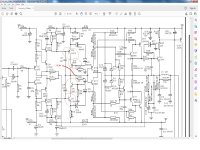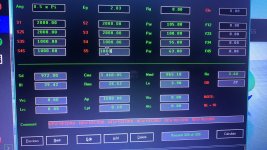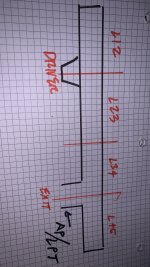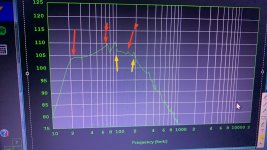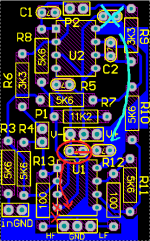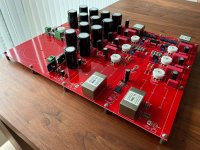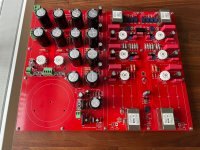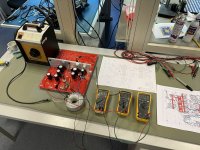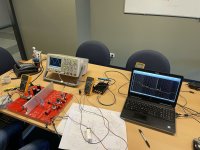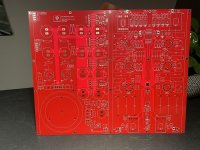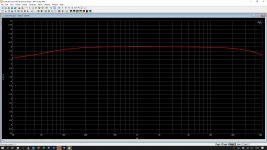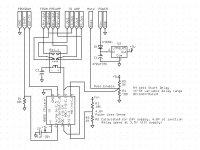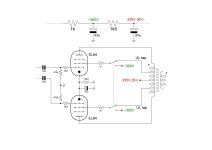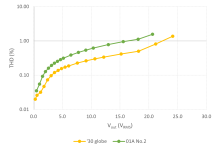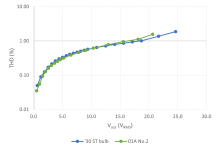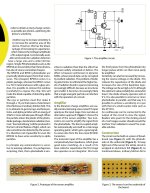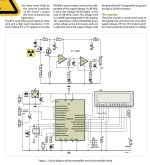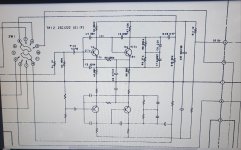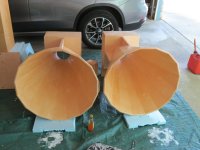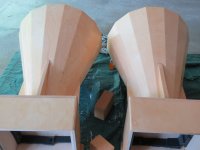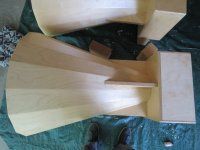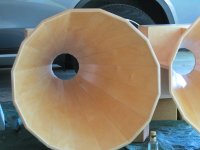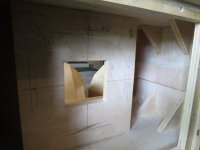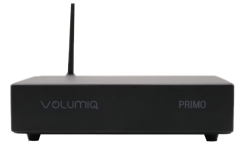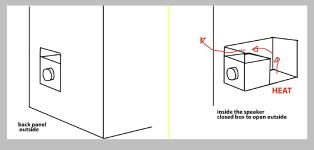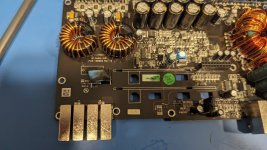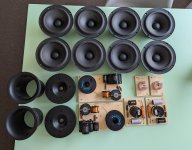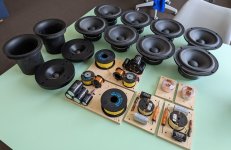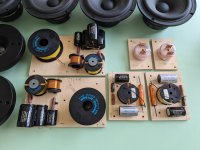Using Hypex Fusion Amps FA123 with old MTM towers
- By andreaemme
- Multi-Way
- 40 Replies
Hello, I'm planning to replace the old amplifier/DAC pair and drive an old pair of high quality passive tower speakers plus a passive sub using a pair of FA123s (that's my budget).
Advantages: I can drive the amplifier stage directly in digital, vary the response curve and cross towers and subs with few phase problems. The towers are two MTMs with a pair of Vifa P17s in parallel each and a Morel tweeter, the sub is a single Peerless XXLS 10'' 830846 with 8+8 ohm dual voice coil.
The problem is that to align the sensitivities of the two 4 ohm MTM towers with that of the sub, I estimated that for the latter I need more than 4 times more power than that of each tower.
Solution A: I could bridge the two 125w stages of each FA123 and drive the sub with a total of 500w, using the 100w stage of each FA123 x each tower, which will continue to work with its passive crossover. However, I did not understand if this stage is qualitatively inferior to the 125 ones since its power does not change according to the impedance (100w@8 / 100w@4) as happens correctly for the other two (75w@8 / 125w@4 ). Will this stage have a lower current reserve and will therefore not be as good in transient response? That should be the best quality stage for me since I have to drive the towers at almost full range!
Solution B: I would have preferred for each FA123 to use one 125w stage for half sub and the other two for the single ways of the towers, piloting them as an active crossover and exploiting the full potential of this technology but unfortunately I fear that I would have to lower their level too much to align them with the low sensitivity of the sub.
In any case, I would still have a good infrastructure in hand to use for future new systems to be self-built such as WWMTM or WMTMW.
Following a scheme of two solutions:

Here are the questions:
1) ultimately what could be the best solution in your opinion, A or B, considering also that my extimations might be wrong?
2) how do the Hypex FA modules 'sound', in terms of audio quality?
3) which input digital formats are they able to deal with?
Any suggestion or personal experience will be welcome, thank you!
Advantages: I can drive the amplifier stage directly in digital, vary the response curve and cross towers and subs with few phase problems. The towers are two MTMs with a pair of Vifa P17s in parallel each and a Morel tweeter, the sub is a single Peerless XXLS 10'' 830846 with 8+8 ohm dual voice coil.
The problem is that to align the sensitivities of the two 4 ohm MTM towers with that of the sub, I estimated that for the latter I need more than 4 times more power than that of each tower.
Solution A: I could bridge the two 125w stages of each FA123 and drive the sub with a total of 500w, using the 100w stage of each FA123 x each tower, which will continue to work with its passive crossover. However, I did not understand if this stage is qualitatively inferior to the 125 ones since its power does not change according to the impedance (100w@8 / 100w@4) as happens correctly for the other two (75w@8 / 125w@4 ). Will this stage have a lower current reserve and will therefore not be as good in transient response? That should be the best quality stage for me since I have to drive the towers at almost full range!
Solution B: I would have preferred for each FA123 to use one 125w stage for half sub and the other two for the single ways of the towers, piloting them as an active crossover and exploiting the full potential of this technology but unfortunately I fear that I would have to lower their level too much to align them with the low sensitivity of the sub.
In any case, I would still have a good infrastructure in hand to use for future new systems to be self-built such as WWMTM or WMTMW.
Following a scheme of two solutions:
Here are the questions:
1) ultimately what could be the best solution in your opinion, A or B, considering also that my extimations might be wrong?
2) how do the Hypex FA modules 'sound', in terms of audio quality?
3) which input digital formats are they able to deal with?
Any suggestion or personal experience will be welcome, thank you!
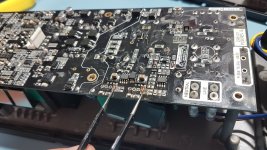
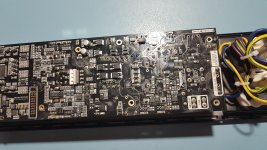
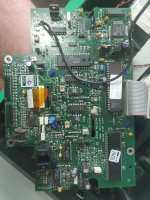
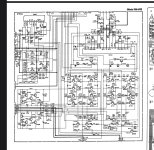
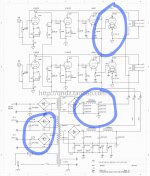
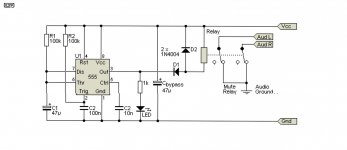
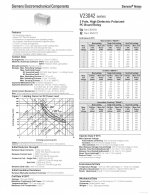
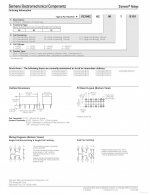
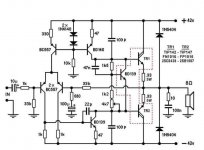
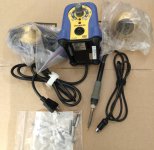
 )
)